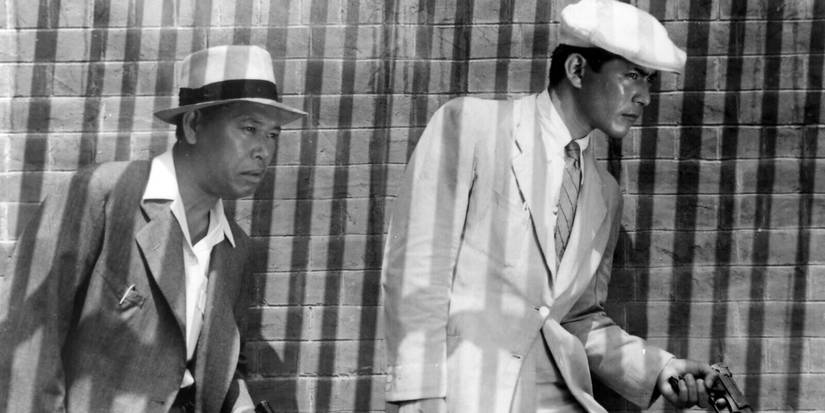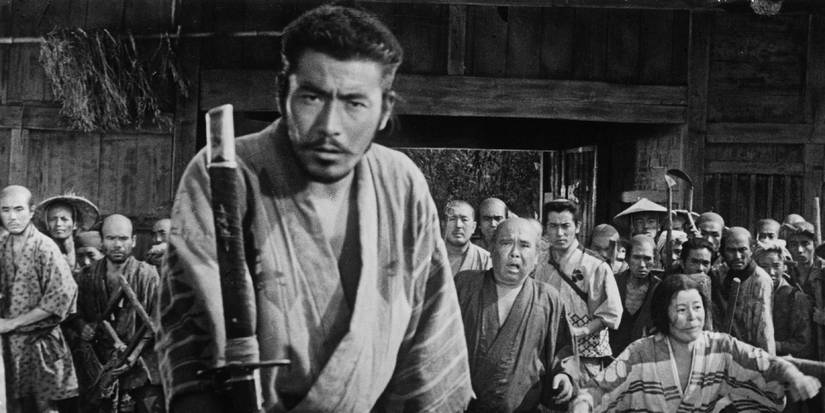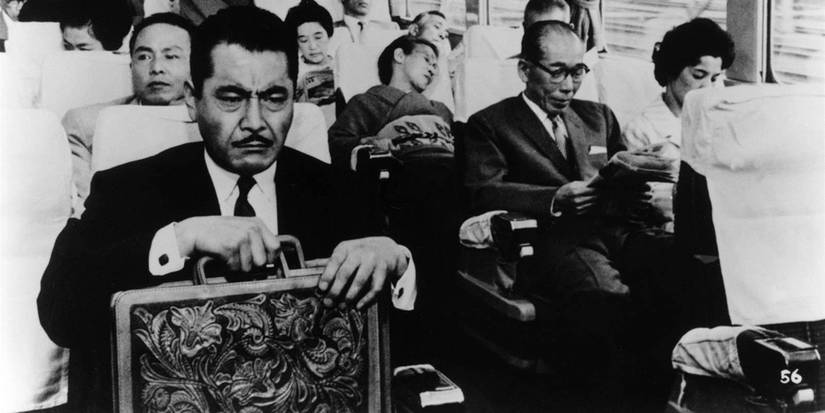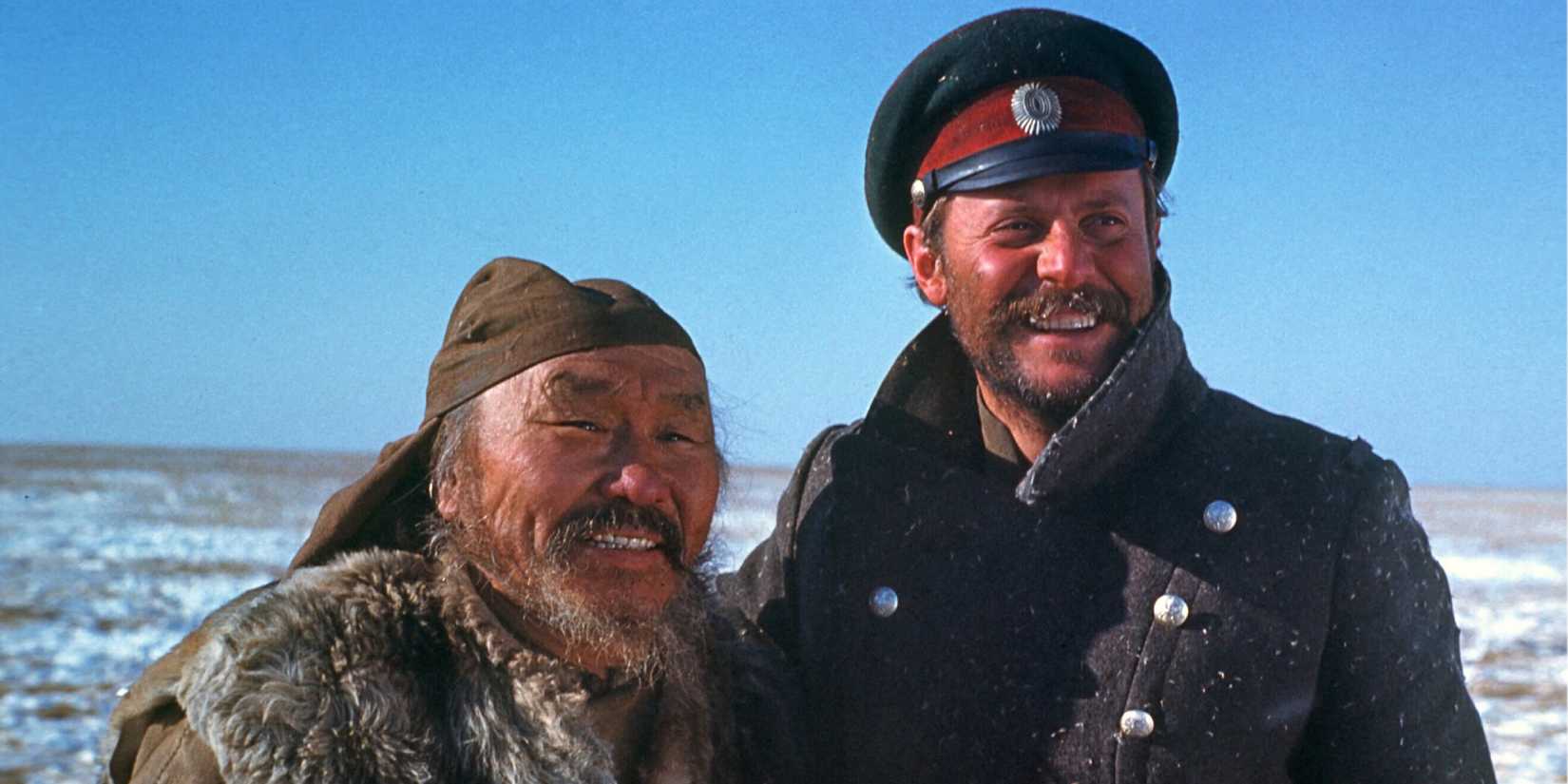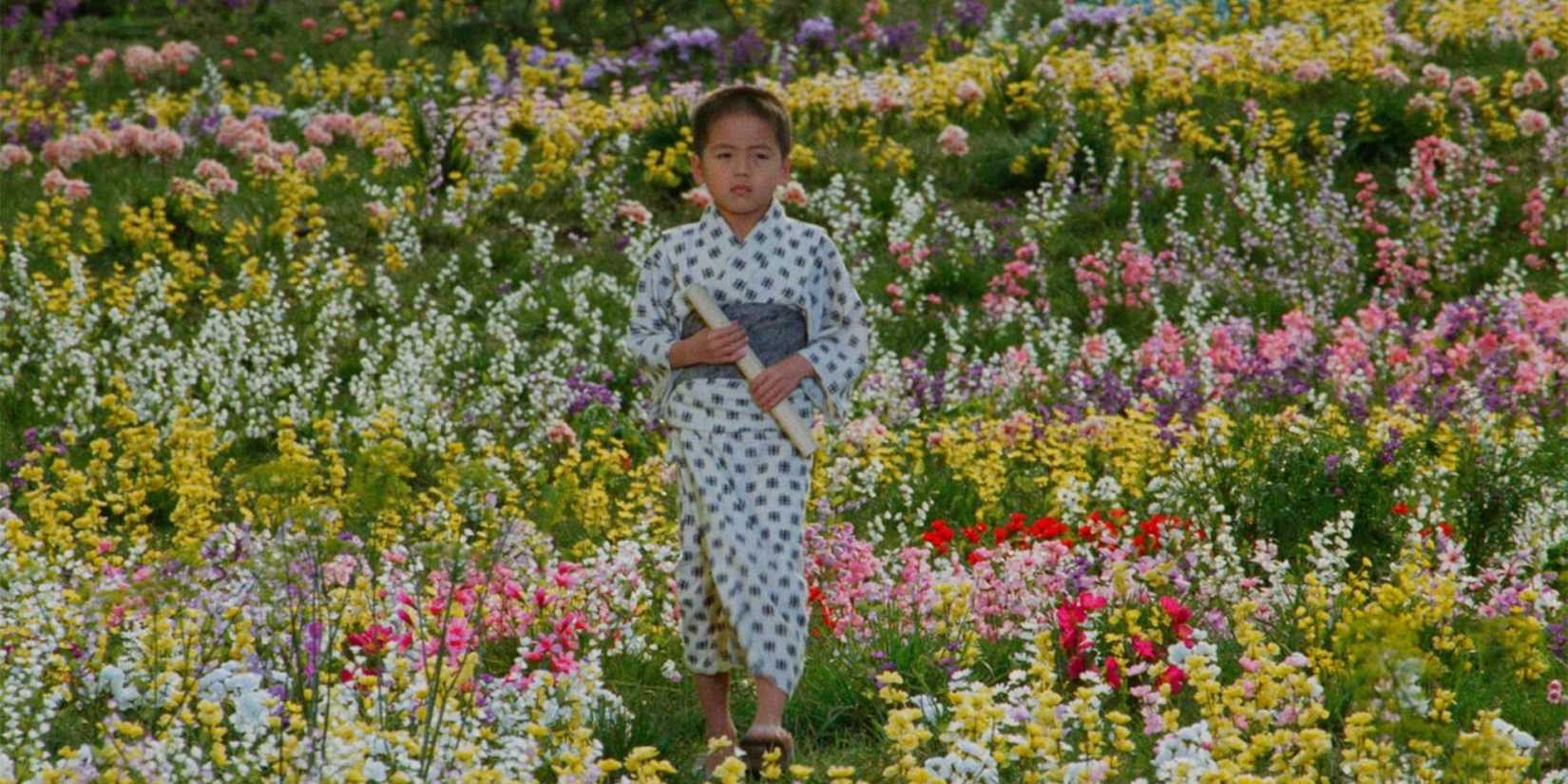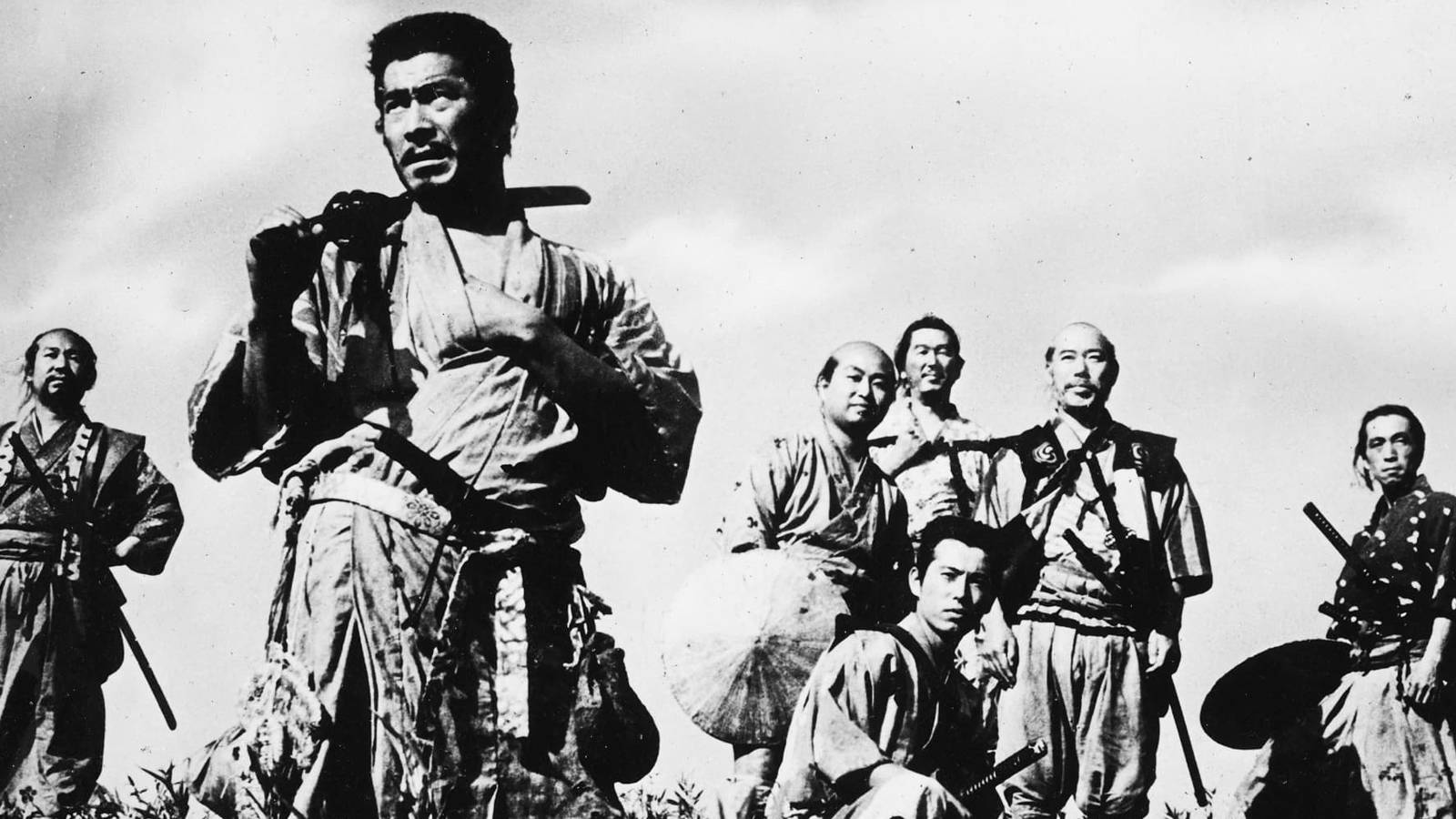
The Best Akira Kurosawa Movie From Every Decade He Was Active
Akira Kurosawa was a filmmaker who generally prioritized quality over quantity, especially in the second half of his filmmaking career, when he was less prolific (a bit like the similarly legendary Alfred Hitchcock), but there are also quite a few Kurosawa movies overall. He was active for 50 years, after all, with his first feature film coming out in 1943 (Sanshiro Sugata), and his final one coming out in 1993 (Madadayo). That means he was active as a filmmaker during six different decades, and as the following titles will hopefully demonstrate, he made at least one great movie during all of those decades.
What follows is one selection per decade, starting in the 1940s and ending in the 1990s, and doing this means snubbing a good many great Kurosawa films. Like, the 1960s were competitive, so there’s no Yojimbo here, and the 1950s was a similarly strong – and prolific – decade for Kurosawa, so no Rashomon, even though that’s also an all-timer of a film. It’s the sort of thing where if, for some cursed reason, you could only watch one Akira Kurosawa movie from every decade, these are the ones you’d be best off selecting, but in reality, you should watch more than just six. He made more than 30 feature films, after all (though one is a lost film), and it’s probably not an exaggeration to say that at least half are great, so that should be kept in mind while engaging with an exercise like this.
6
‘Stray Dog’ (1949)
Kurosawa was still quite young in the 1940s, and you get the sense he was finding his voice, to some extent, while watching most of the films he made in this decade. But then he capped off the 1940s with Stray Dog, and this one hinted at a more fruitful decade ahead, since it’s probably the first Kurosawa film that could be labelled genuinely great. It has a simple premise, too, mostly involving one detective’s desperate search for his firearm after it’s stolen from him on a bus. It would make for an unusually good double feature with Bicycle Thieves, which came out one year earlier, and was also about a long and emotionally intense search for a stolen item (you might be able to guess, from the title, if you think long and hard about it. Go on, you can do it. We believe in you).
The story is straightforward, but then Stray Dog complicates things thematically and in other ways, since the narrative is a way to explore various social issues and questions around morality, justice, and other heavy things. Also, Stray Dog stars the two actors Kurosawa collaborated with most frequently and prominently, Toshirō Mifune and Takashi Shimura, and they’re both typically great here. Stray Dog does a good job at keeping you, as a viewer, on edge, and it’s technically proficient enough to not really feel like it was made during the 1940s. More specifically, there’s little here to suggest it wasn’t made in, say, the early 1960s, feeling ahead of its time by a decade or so because Kurosawa was just that good, as a filmmaker.
5
‘Seven Samurai’ (1954)
Seven Samurai is probably the Akira Kurosawa film that’s least in need of an introduction, seeing as it’s his most iconic directorial effort, and also probably his best movie overall, too. That means it’s easy to call it the best thing he directed in the 1950s, though there are some movies very much worthy of honorable mentions, including Rashomon, Ikiru, Throne of Blood, and The Hidden Fortress. But Seven Samurai is about as good as action epics get, and it also did that sort of thing very early in the overall scheme of things, codifying certain conventions and tropes that would be continually reused and recycled by filmmakers tackling similarly grand stories going forward.
The storytelling is clear and efficient, the non-action stuff is just as engaging as the eventual climactic battle, and Seven Samurai is also tonally well-balanced.
It’s also not the only epic movie Akira Kurosawa directed, as he did two others in the 1980s that might well be even bigger, but Seven Samurai is perfection, and that’s not really something you can go about improving upon. The storytelling is clear and efficient, the non-action stuff is just as engaging as the eventual climactic battle, and Seven Samurai is also tonally well-balanced, feeling like a crowd-pleaser without being too broad, or talking down to its audience. Even if you don’t watch a ton of movies that are more than half a century old, Seven Samurai is worth seeking out and devoting three and a half hours to, without a doubt.
4
‘High and Low’ (1963)
There’s a lot to High and Low, and it ends up being a pretty complex movie, though it is always clear and easy to get swept up in. It’s also not over-complicated, because it takes its time telling a story that involves a kidnapping and extortion attempt that’s quickly revealed to have gone wrong. Instead of taking the child of a wealthy executive, the kidnapper seizes the child of the executive’s chauffeur. So, the question of what to do forces the central character to balance what’s morally right against what’s in his interests as a rather ruthless businessman who, due to some other circumstances, really can’t afford to lose much by way of money at that present time.
Things unfold as a police procedural, at a point, though the characters important early on, and tied to the case itself, remain significant, and then continue doing so when the film pivots again with a bit under an hour left to go. High and Low is consistently tense and thought-provoking all the while, and it’s the best Akira Kurosawa movie not set during historical times. Well, if you watch it nowadays, the 1960s are part of history, but the film was set during – and was all about – the present, back when the past was the present, but also, High and Low is timeless in other ways. It still holds up as a genuinely involving crime/mystery/thriller film.
3
‘Dersu Uzala’ (1975)
It’s not one of the more well-known Akira Kurosawa films, but Dersu Uzala is still recognized, at least by those who’ve seen it, as another strong effort on the filmmaker’s part. Though it should be noted, the back half of the 1960s was when Kurosawa really started slowing down as a director, as he stopped collaborating with Toshirō Mifune and had a series of false starts on various projects, and then had a genuinely quite good movie, Dodes’ka-den (1970), fail at the box office. That all contributed to a slow-down overall, for Kurosawa, but Dersu Uzala did end up being another 1970s release for him.
And it’s probably the stronger film overall, though Dodes’ka-den is underappreciated. Also, Dersu Uzala stands out for being a co-production between Japan and the USSR, and the only Kurosawa film without Japanese dialogue. It’s about an unlikely friendship between two men, based on a pair of real-life people, and plays out like something of an adventure/survival film, too. It’s an odd one, in Kurosawa’s filmography, but still worth checking out. And, like a fair few Kurosawa movies, you can feel its influence on some later works not directed by Kurosawa.
2
‘Ran’ (1985)
The best-looking Akira Kurosawa film, or maybe on equal footing with the last film that’s going to be mentioned here, here’s Ran, which is one of two large-scale productions Kurosawa helmed in the 1980s. That means that with this decade, like the 1970s, there aren’t too many selections to choose from to crown his “best,” but still, between Kagemusha and Ran, it’s got to be Ran. And Kagemusha is still very good overall, not to mention almost as visually striking as Ran (both films utilize color amazingly), but Ran is just overflowing with endlessly impressive stuff.
It’s about a family conflict surrounding a warlord picking a successor, but then things escalate to the point where Ran also becomes a war film, and a surprisingly brutal/downbeat one at that. In the best of ways, it feels like the kind of movie Kurosawa had to get decades of filmmaking experience for before making, and watching it really does feel like seeing a master filmmaker at his most masterful. And maybe that clashes with the previously asserted notion that Seven Samurai is Kurosawa’s best movie. Hmm. Okay, it probably still is, but if Ran is a 10/10, then Seven Samurai is an 11/10. It’s that kind of situation; a real “pick your favorite child” sort of dilemma. And hey, Ran shows the kinds of disasters that can befall all involved when favorite children get picked, so…
1
‘Dreams’ (1990)
And that other Kurosawa film that’s a knockout visually speaking is Dreams, which, in contrast to Stray Dog, is probably the last great film Akira Kurosawa ever made. He got something of a second-wind in the 1990s, as his final film came out in 1993, and so between 1990 and that year, he ended up releasing three movies, so that’s more prolific than either his 1970s or his 1980s. Dreams was the first of them, and quite comfortably the best, with a unique premise, too: it’s an anthology movie where Kurosawa filmed a series of dreams he’d recalled having over the course of his life.
It’s like a subconscious autobiography, and also quite strange (as you’d expect), especially when Martin Scorsese shows up, playing Vincent van Gogh, because why not? If you go in expecting a strong story, you’ll obviously come away a bit confused, but if you want to see some bold visuals and get a look into Kurosawa’s mind, then it’s a very rewarding viewing experience. Dreams can also be considered one of the director’s more underrated efforts, and naturally serves as a good film to save for last, if you ever set out to explore the legendary filmmaker’s entire body of work.
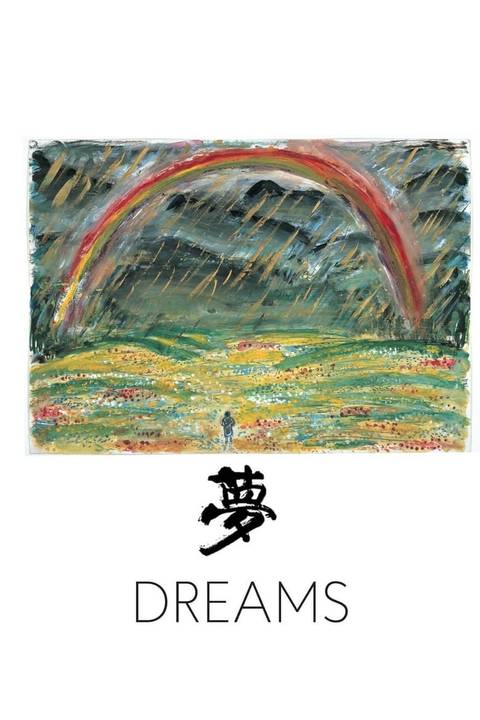
Dreams
- Release Date
-
May 11, 1990
- Runtime
-
119 minutes
- Writers
-
Akira Kurosawa
-

-

Mitsuko Baisho
Mother of ‘I’
-

Toshie Negishi
Mother carrying child
-

Mieko Harada
The Snow Fairy

